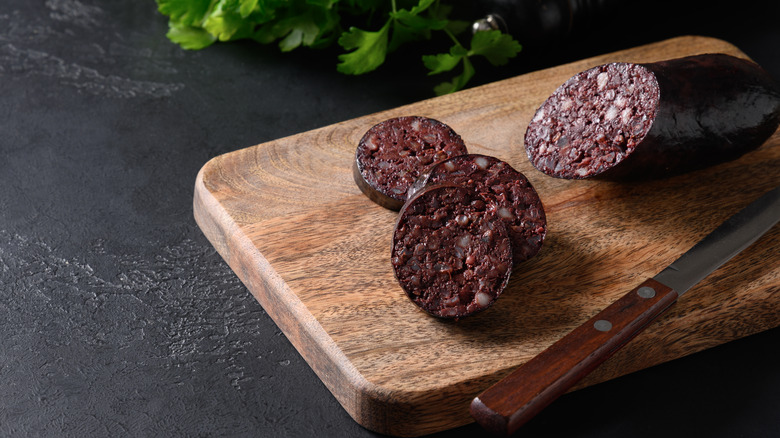Tasting Table Unearths The Luxurious Food People Are Least Likely To Try - Exclusive Survey
You have to wonder, sometimes, who in history had the bright idea to try certain foods. Such decisions likely came from a place of desperation or downright curiosity. For instance, a live lobster, with its terrifying claws and intimidating antenna, resembles more of an alien species than an appetizing morsel, yet, someone boiled one up and discovered something divine.
Or take truffles, the ultra-luxurious fungi found in France and Italy that can sell for thousands of dollars per pound. Found buried on the forest floor, they resemble gnarly knobs of mud, but the taste is considered sublime. What is amazing is that hungry or curious people are still discovering new foods like cricket flour, marketed in 2014.
America is a very young country and has been prosperous, which could explain why it is a newcomer to the world of nose-to-tail eating. Most countries have been embracing the practice of letting nothing go to waste for thousands of years. While eating snails may not be for everyone, the French see it as commonplace. When you do see the shelled gastropod on a menu, it tends to be expensive and treated as a delicacy.
In fact, lots of foods considered "luxurious" are quite controversial. And even if people have the means to treat themselves to such things, that doesn't mean everyone will want to. We asked 588 of our readers which "fancy" ingredient they'd leave on their plate if presented to them at a meal and found the results fascinating.
Blood sausage is not so popular
It seems the only blood our readers want to eat comes from a rare steak, but not sausage. 144 readers or almost 25% of those asked said "no way" to blood sausage. According to Delighted Cooking, blood sausage is made by combining meats (pork, beef, etc) with animal blood, herbs, spices, and sometimes grains. The website explains that, if prepared properly, it will not taste like blood at all, but rather rich and delicious.
In second place was escargot, or snails, which 126 readers, of 21.4% agreed was not their cup of tea. Smithsonian magazine says that people have been eating escargot since the Stone Age. If you can get past your reluctance, escargot can be wonderful, as it is usually served with lots of garlic butter and has a flavor similar to mussels, per Departures.
Octopus raked in 116 votes or nearly 20% of the vote. Korea, Japan, and Mediterranean countries consume the most octopus, according to Forbes. 14.2% of our readers say a hard "no" to the controversial foie gras, which is fattened goose or duck liver. It is sold whole, or as a paté or mousse, and is usually only available at specialty stores. Caviar or sturgeon fish eggs are something 10% or 60 readers don't want anything to do with, and finally, 58 people prefer not to eat oysters. To each their own, as they say.

